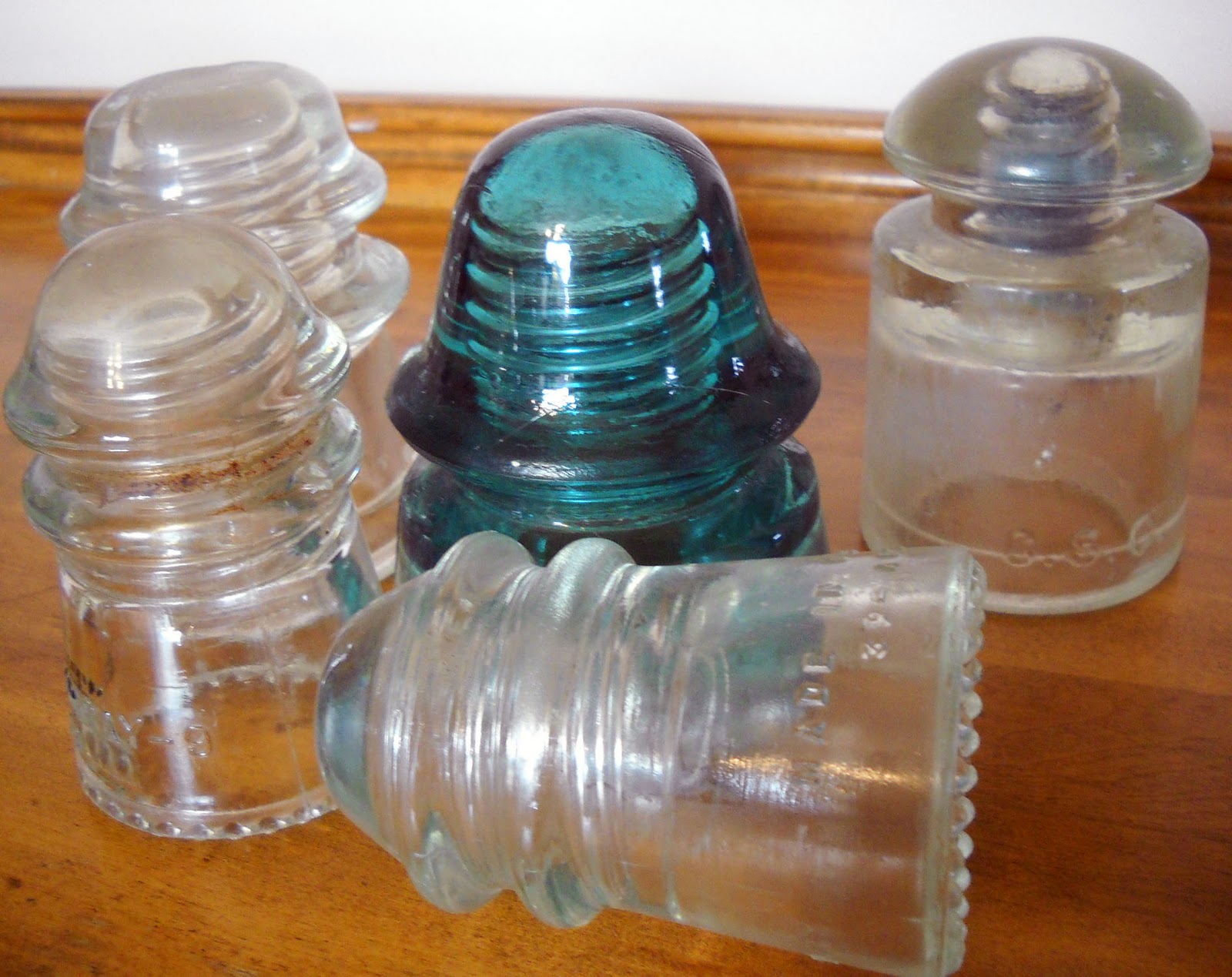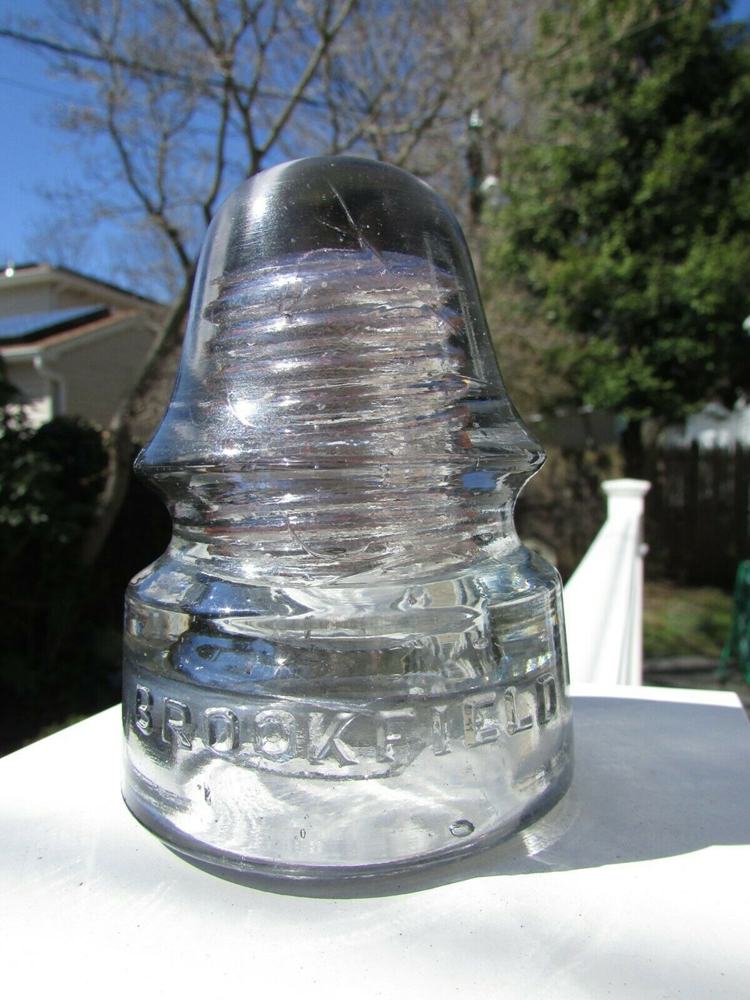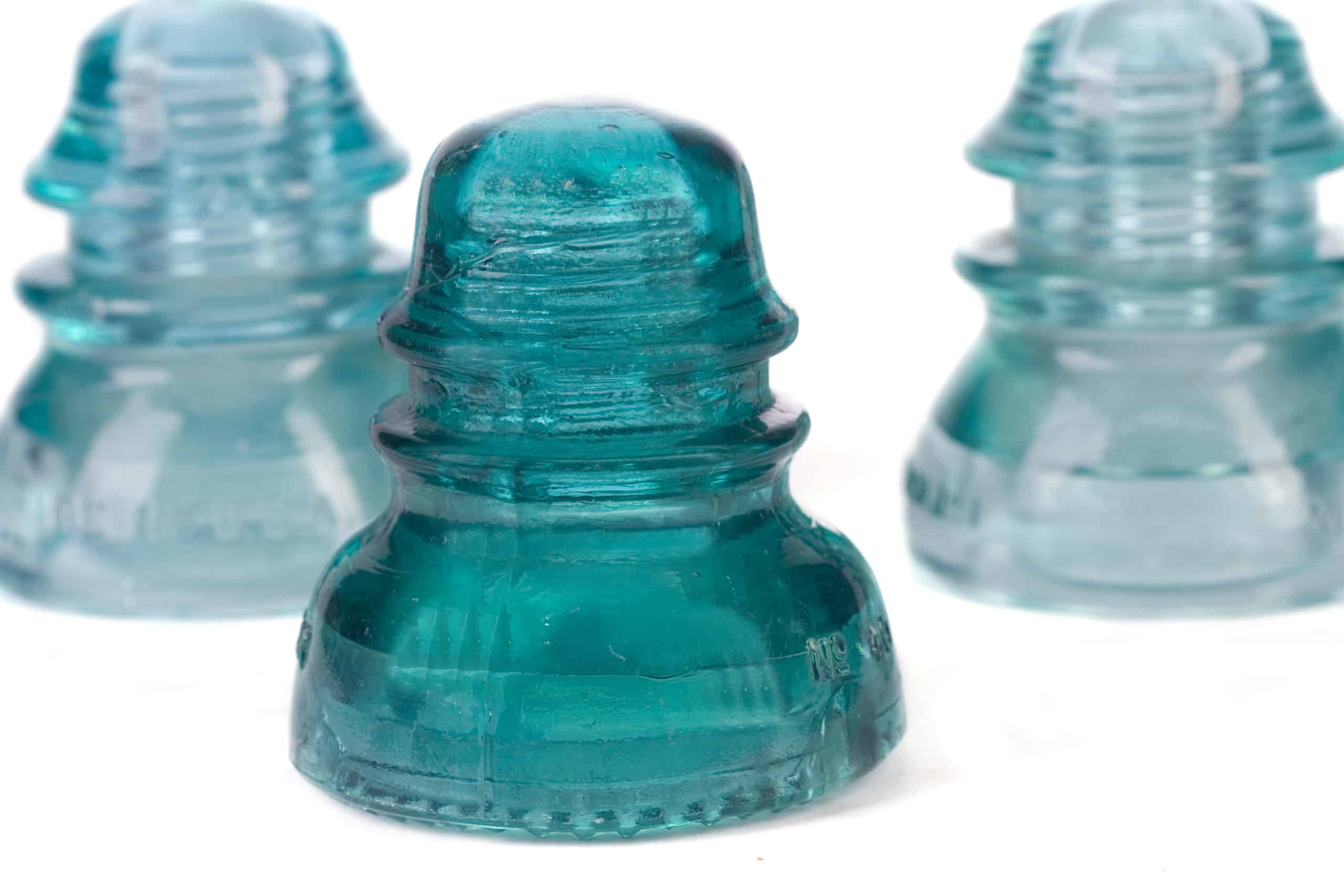
Larry's Creative Zone Glass Insulators revisited........
Antique glass insulators are a low cost but very popular collectible that come in a myriad of fun shapes and colors. They're easy to find, and make a colorful, decorative display in your home, office, or business. History of Glass Insulators

Glass Insulators glassian
Glass Insulators were first produced in the 1850's for use with telegraph lines. As technology developed insulators were needed for telephone lines, electric power lines, and other applications. In the mid 1960's a few people began collecting these glass and porcelain insulators. Today there are over 2000 collectors, and insulator clubs, national shows, and good reference books are available.

Pin on Insulators
These are things like glass is an insulator. Wood is an insulator. Most plastics are insulators. All of these display this kind of behavior where you can distribute charge and the charge can't flow through it. You can stick charge on it. In fact, you can stick charge on the outside edge and it will stay there.

Assortment of glass insulators at 2015 Porterville Insulator Sale and
Antique Glass Insulators Value (Identification & Price Guides) by Noname Antiques Collected for their unmistakable beauty and historical significance, antique glass insulators come in an endless supply of shapes, sizes and colors.

Glass Insulators
What is thermal insulating glass and how is it made? To provide the glass with thermal insulating properties, a very thin and permanent low-emissivity (low-E) coating is applied to the surface of the glass. This coating helps prevent heat transfer through the glass, and as a result, heat loss through the windows.

Glass insulators on electricity pylon Newport Wales UK Stock Photo Alamy
Glass Insulator , 2005 Application of Polymer-Based Composites Reza Taherian, in Electrical Conductivity in Polymer-Based Composites, 2019 6.4.2 Glass Insulators The glass insulators usually are manufactured at high temperatures by mixing the different materials, including lime and quartz powder, and then it suddenly cools in the mold.

Armstrong's Glass Insulators Collectors Weekly
Electrons and ions in insulators are bound in the structure and cannot move easily—as much as 1023 10 23 times more slowly than in conductors. Pure water and dry table salt are insulators, for example, whereas molten salt and salty water are conductors. Figure 18.11 An electroscope is a favorite instrument in physics demonstrations and.

70160KN IEC Standard Type Toughened Glass Insulator GreenGrid VCM
Understanding Insulation Thermal Properties of Glass Solar Heat Gain Control Nature of Glass Glass as an Electrical Insulator Sound Insulation Historical Significance Contact Us For Unique Products And Services Safety and Security Energy Efficiency Durable and Weather-Resistant Environmental Benefits Maintenance and Durability Design Flexibility

Toughened Glass Suspension Insulators NTP AS
It consists of multiple pieces of glass separated by spacers made of either metal, such as aluminum, or structural foam. The space between the glass is sometimes filled with a noble gas, such as argon or krypton. Insulating glass is often abbreviated IG and is sometimes called double-glazed or double-pane glass.

Glass insulator
The material, glass, is itself an insulator (not a "conductor" or "transformer" as insulators are often incorrectly labeled in antique malls and flea markets).

10 Most Valuable Glass Insulators Complete Value Guide
These old, colored glass insulators are now collectors items. In addition to being a good electrical insulator, glass has many other useful properties. It is a good thermal insulator (most material are either both or neither), and it is resistant to many corrosive chemicals. It is transparent, hard and easily colored; it is also easily formed.

160KN300KN IEC Fog Type Toughened Glass Insulator GreenGrid VCM
7 Facts on Glass as an Insulator (Why and Uses) By Indrani Banerjee Glass is a fascinating material that has been used for centuries in various applications, from windows and mirrors to bottles and ornaments. But have you ever wondered if glass is an insulator?

COLLECTION OF COLOURED GLASS INSULATORS
Glass insulators emerged in 1840s America with the invention of the telegraph. The early telegraph insulators were mostly threadless, pin-type insulators. There were some glass blocks and ram's horn types as well. The very first glass insulator, the bureau knob, was used by Samuel F. B. Morse on the line from Baltimore to Washington.

Antique Glass Insulators Value (Identification & Price Guides)
Glass is a non-crystalline solid material, or amorphous, and is thought to have been utilized by humans in their everyday living since 3000 BC. Its appearance is usually translucent but is sometimes tempered or tinted. Glass in its solid state is firm, breakable, and can hold out the effects of sun, wind, or rain.

ANSI 525 120kN Fog Type Toughened Glass Insulator GreenGrid VCM
Glass is far inferior to paper, plastic and Styrofoam in terms of insulation. Thermal conductivity in terms of BTU/ (feet - hour - degrees F) is 1.82 for glass, 0.09 for paper, 0.06 for Styrofoam.

Identifying beach glass insulators Magazine
Is Glass an Electrical Conductor or Insulator? In its normal state glass is an insulator and does not conduct electricity. However this is not always the case, when glass gets hot it can become a conductor and allow current to flow through it.